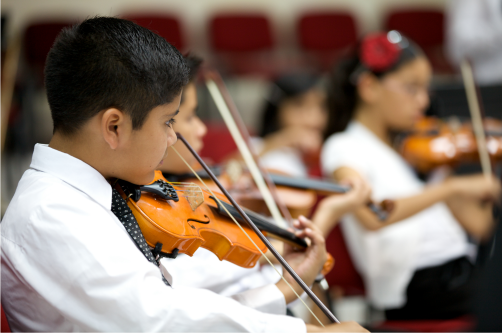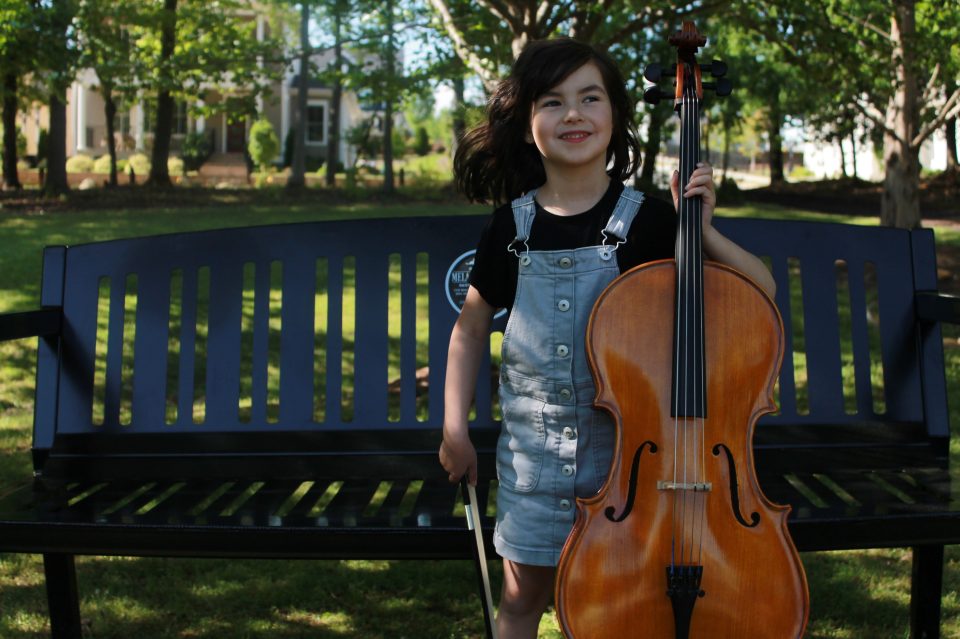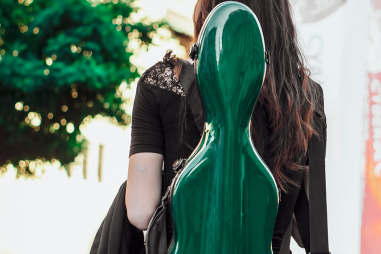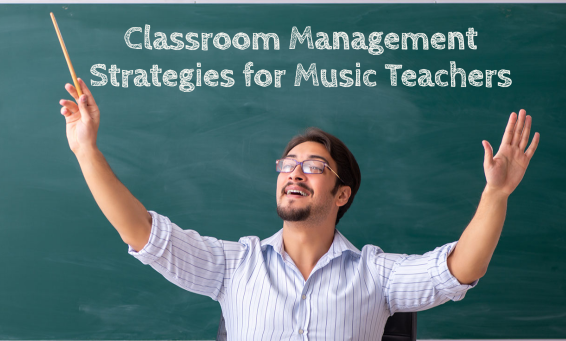Mon-Fri: 9:00am - 5:00pm | Sat: 9:00am - 3:00pm
Questions? Click Here!
Karen Casio
August 29, 2023
Expand Your Music Playing Opportunities
Has playing a stringed instrument brought you and/or your child unimaginable satisfaction? Are you looking for other opportunities…
August 9, 2023
Motivational Tips To Encourage Practicing
Desiring to play an instrument is an exciting “first step” for any child. It is a wonderful adventure…
June 1, 2023
Traveling With Your Instrument
The changing weather is a great time to think about traveling, whether nationally or internationally, and taking your…
June 1, 2023
Classroom Management Strategies for Music Teachers
With the start of another school year on the horizon, taking a look at your classroommanagement plans may…
March 27, 2023
Summer Break Is On The Way!
With the end of the school year well in sight parents are often looking for creative ways to…





